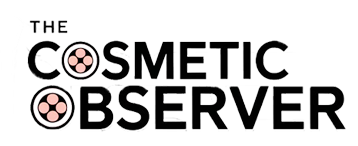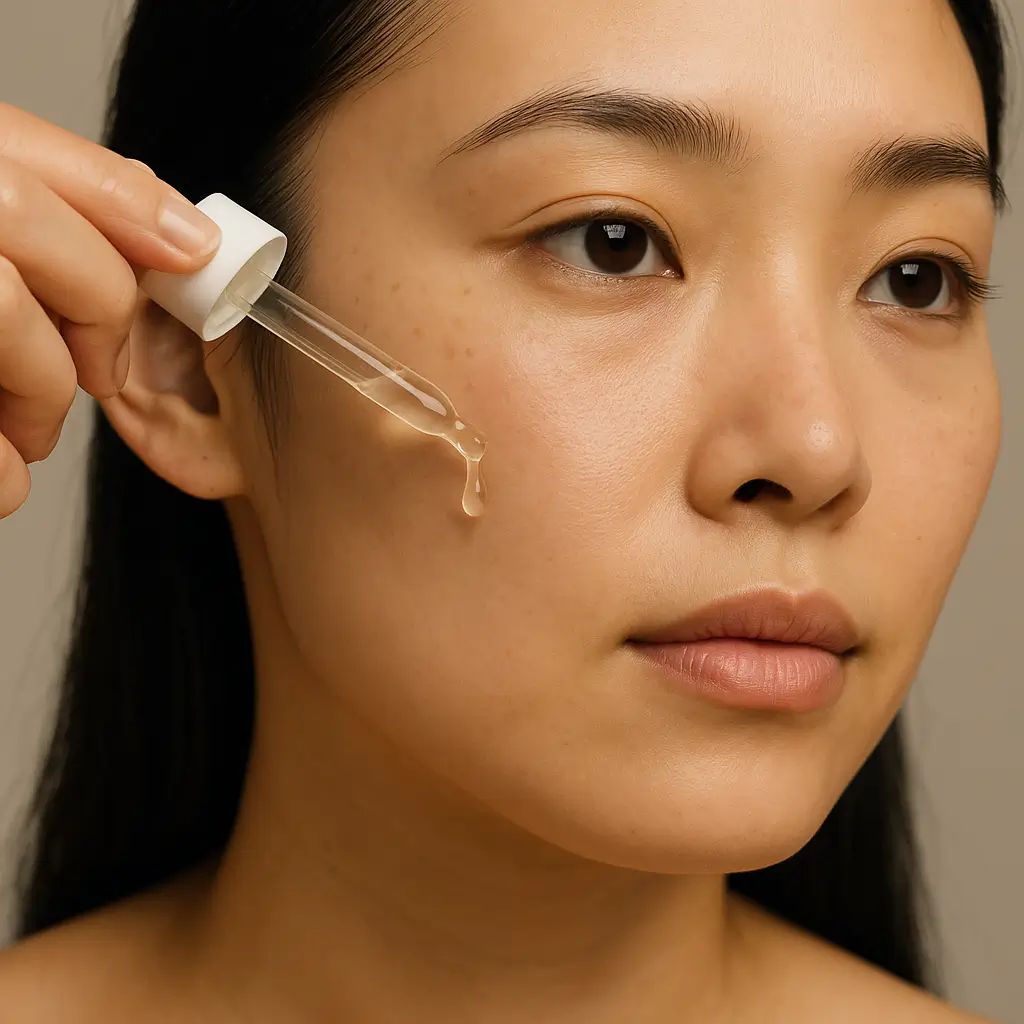Something’s different about the glow hitting feeds and magazine covers in 2025. It’s softer—more polished, deeper than any primer or highlighter. That’s the era of regenerative K‑Beauty: PDRN injections, exosome serums, and high-tech facials that aren’t just about looks—they rebuild, renew, and revive skin from within.
What started in Seoul’s skin-science labs is now becoming a global skincare staple. From luxury ampoules in Singapore to viral TikTok clips in Toronto, this wave shows no signs of slowing—especially now that regulatory pathways in Korea allow faster innovation
But what are PDRN and exosomes, really? Are they worth the hype—and the price? Here’s what the top-tier beauty editors overlook, and what your skin actually needs.
From Clinical Breakthrough to In-Home Ritual
PDRN, or polydeoxyribonucleotide, isn’t new—clinicians first used salmon-derived DNA to help heal wounds and ulcers. Dermatologists soon adapted it for skin rejuvenation, finding that it promotes collagen, calms inflammation, and restores barrier strength. It started in clinics, but now it’s found in glass-skin serums everywhere
Exosomes are a step further: they’re microscopic messengers carrying growth factors, proteins, and microRNAs from cell to cell. When paired with PDRN, they enhance the skin’s communication system—helping cells repair, rebuild, and glow. It’s like giving your skincare routine a secret booster shot.
How They Work — And What You Might Be Missing
The mechanics are science-forward:
PDRN stimulates fibroblasts, increasing collagen and elastin production—essential for bounce and bounce-back
Exosomes deliver instructions, amplifying repair mechanisms and speeding recovery .
Topicals vs in‑clinic: Products like Medicube’s Zero Exosome Shot or IOPE’s Bio‑PDRN Caffeine ampoule give glow from home. But microneedling or micro-injection in clinics offers faster, deeper results
This isn’t about quick rhythm like retinol—it’s gentler. It builds, strengthens, heals. Think vital skin not just bright skin.
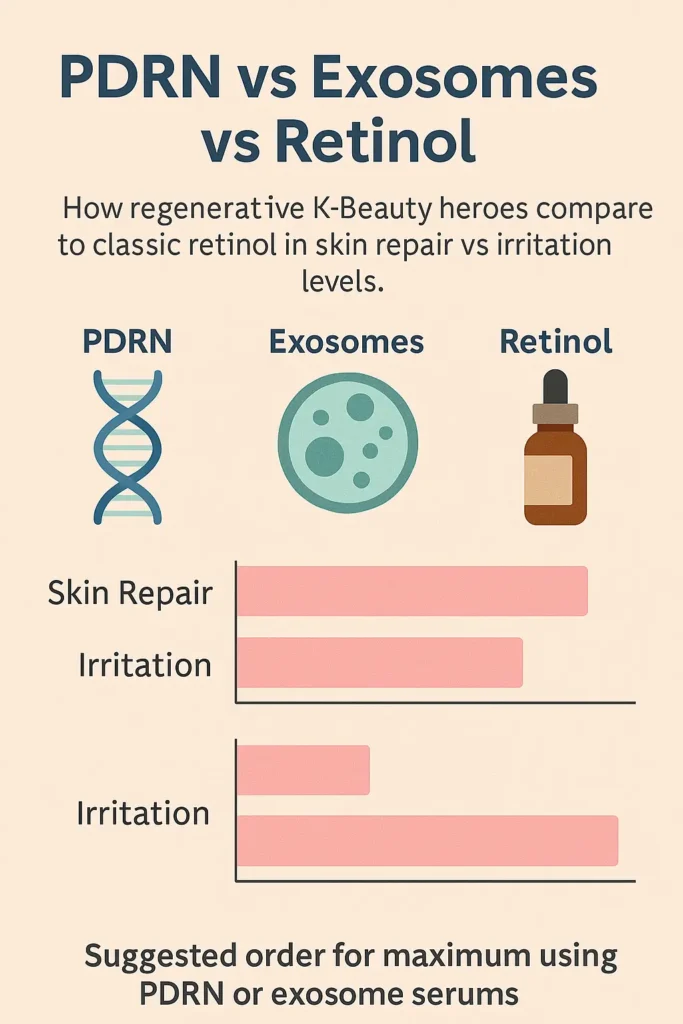
What Korean Dermatologists Are Doing
Clinics in Seoul often use a trifecta:
Microneedling + PDRN serums for collagen induction.
Follow-up LED therapy to reduce redness.
Finish with exosome ampoules for nutrient-rich healing.
Then they offer take-home serums to maintain results. Even Vogue notes clinic-to-consumer crossover with products like Medicube’s Zero Exosome Shot—dubbed “microneedling in a bottle” by users and reported to “minimize wrinkles” within weeks
Realistic Results Timeline
Forget the “glass skin overnight” nonsense. Here’s the authentic timeline:
Week 2–4: Slight glow, calmer tone, skin feels more plump.
Week 6–8: Noticeably smoother texture, firmer pores.
Week 12+: Barrier-strengthened, fine lines softened, deeper glow.
Stick with it and protect your gains—aggressive acids or skipped SPF can wipe this slate clean.
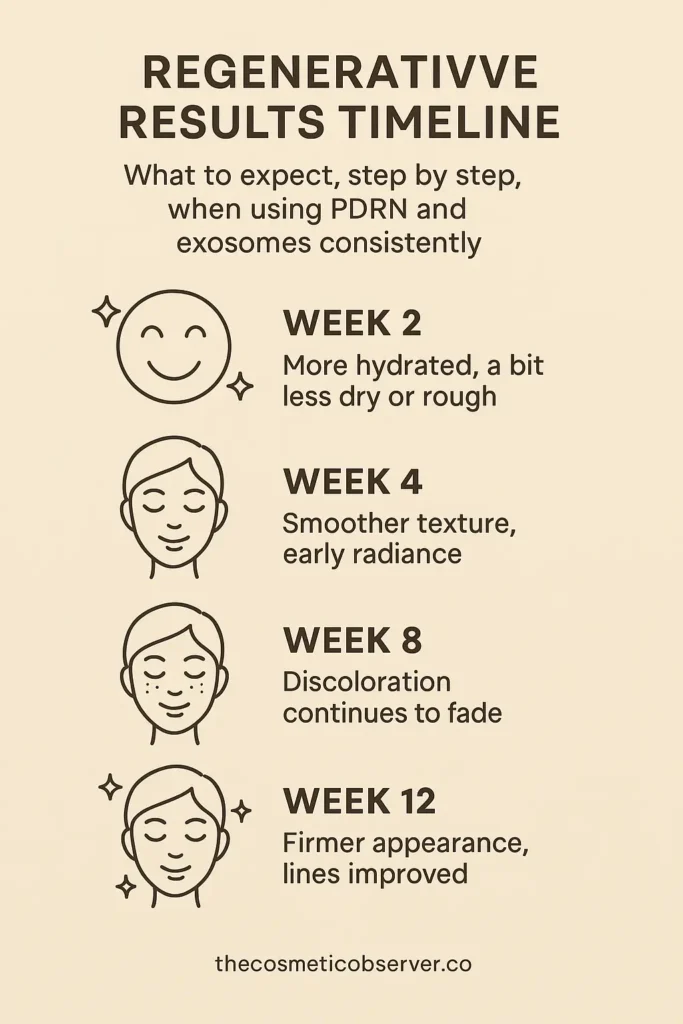
One more coming up: the routine flowchart!
Where to Begin + Trusted Picks
There are bold and gentle entry points:
In-clinic:
Rejuran Healer: posterchild of PDRN boosters.
Exosome facials at clinics in LA, NYC, Seoul averaging $400–$2,000 per session
At-home:
Medicube Zero Exosome Shot ($20–$25): potent, Amazon favorite.
IOPE Bio-PDRN Caffeine Shot: “Botox in a bottle” with B12 caffeine synergy
VT Cosmetics PDRN Essence Serum: multi-award winner, affordable glass-skin primer
Routine Guide: A Simple Flow
Keep it intuitive, barrier-friendly:
Cleanse → Soothing toner → PDRN/exosome serum → Moisturiser → SPF (AM) or sleep mask (PM).
Layer serums first, moisturiser second. No harsh actives within an hour of treatment days.
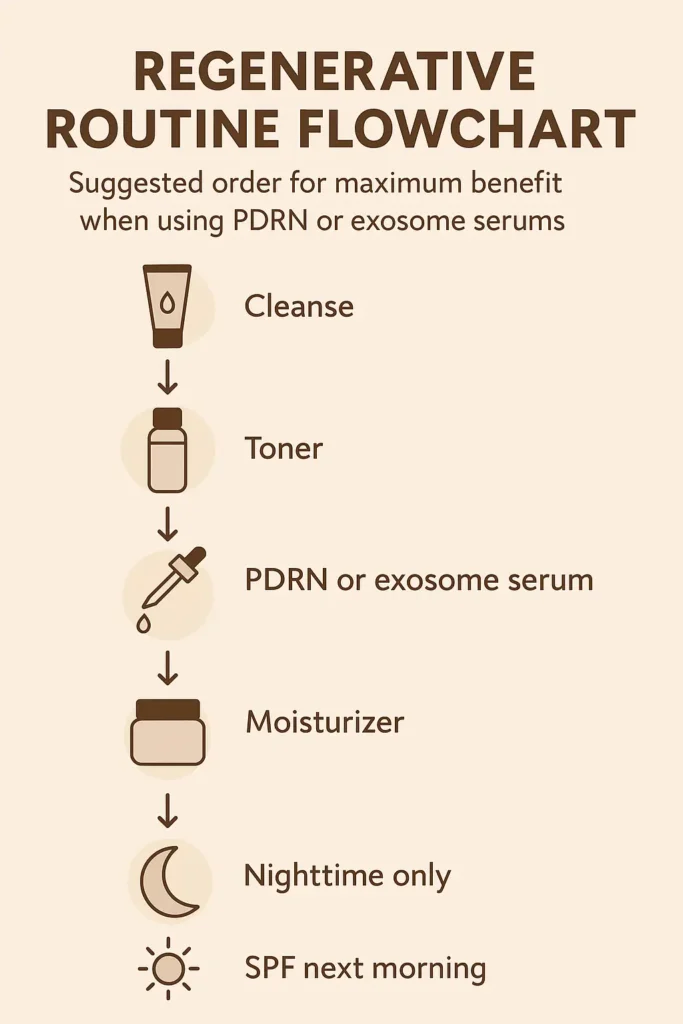
Final Take
K-Beauty’s regenerative revolution is more than a trend—it’s a shift. PDRN and exosomes aren’t filter-skin— they work behind the scenes, rebuilding cell networks, strengthening walls, and giving glow sustainability. You don’t need a microneedle to start—but if you want results with resiliency, this is where modern beauty is headed.
